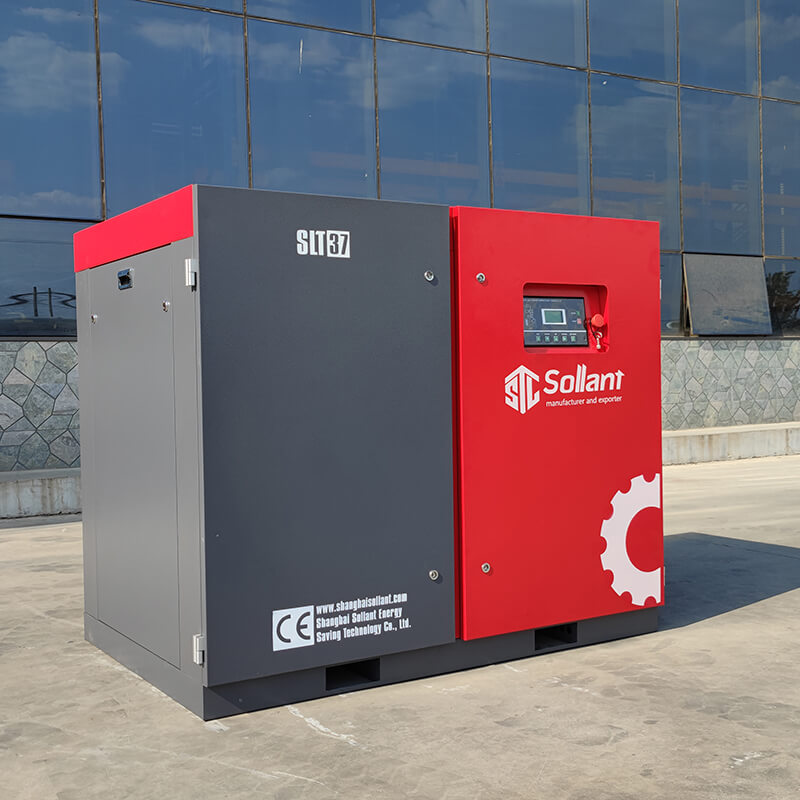Conditions affecting the displacement of screw air compressor

1. Equipment speed:
The exhaust volume of the screw air compressor is directly proportional to the speed, and the speed often changes with the voltage and frequency of the power grid. When the voltage drops or the frequency drops, the speed will drop, reducing the displacement of the screw air compressor.
2. Inhalation status:
The screw air compressor is a volumetric compressor, and the suction volume is constant. When the suction temperature rises, or the suction pressure drops due to the excessive resistance of the suction pipeline, the density of the gas decreases, which will correspondingly reduce the displacement of the screw air compressor;
3. Gas leakage:
There is no contact between the rotors and between the rotor and the casing during operation, and there are gaps, so gas leakage will occur. When the pressure-increased gas leaks through the gap to the suction pipe and the sucking groove, the exhaust volume will be reduced. In order to reduce the amount of leakage, sealing teeth are made on the tooth top of the driven rotor, sealing grooves are opened on the tooth root of the driving rotor, and ring-shaped or strip-shaped sealing teeth are also processed on the end surface. If these sealing lines are worn, the amount of leakage will increase, so these factors should be taken into account during daily maintenance;
4. Cooling effect:
The temperature of the gas will increase during the compression process, and the temperature of the rotor and the casing will also increase accordingly. Therefore, during the suction process, the gas will be heated by the rotor and the casing and expand, thus reducing the suction capacity accordingly. Some of the rotors of the screw air compressor are cooled by oil, and the casing is cooled by water. One of the purposes is to reduce its temperature. When the cooling effect is not good, the temperature will rise, and the displacement of the screw air compressor will decrease.
Sollant Focus on Energy Saving



